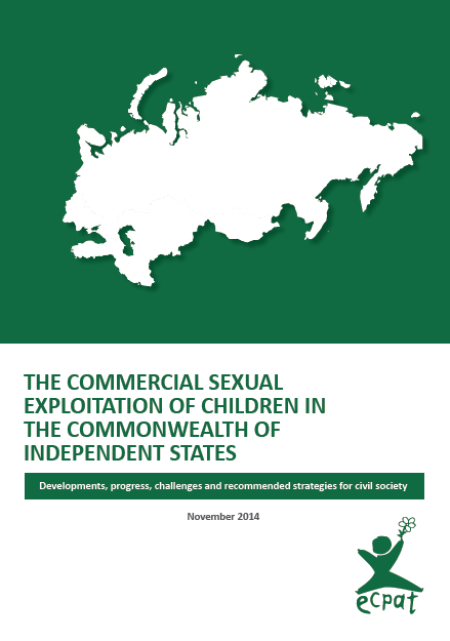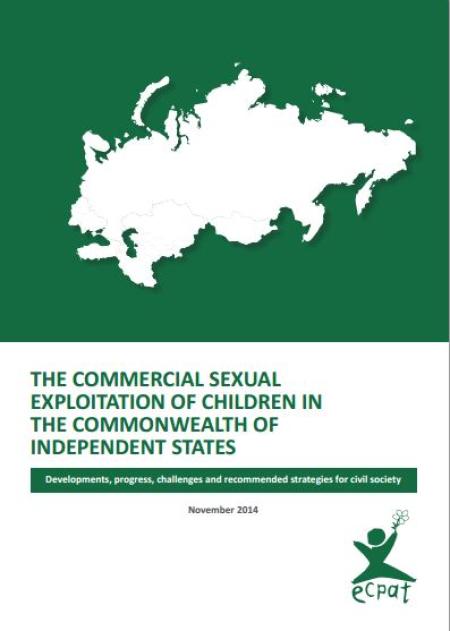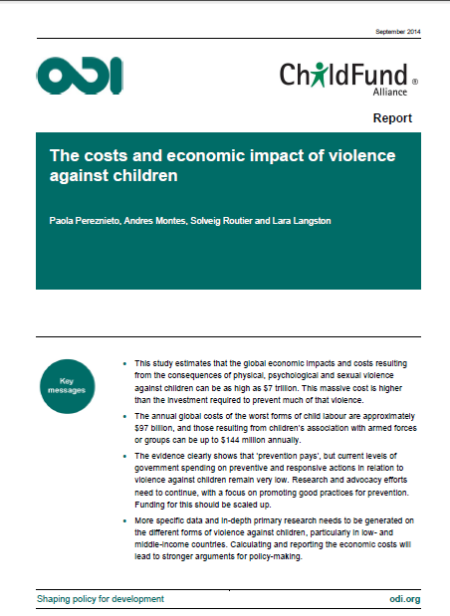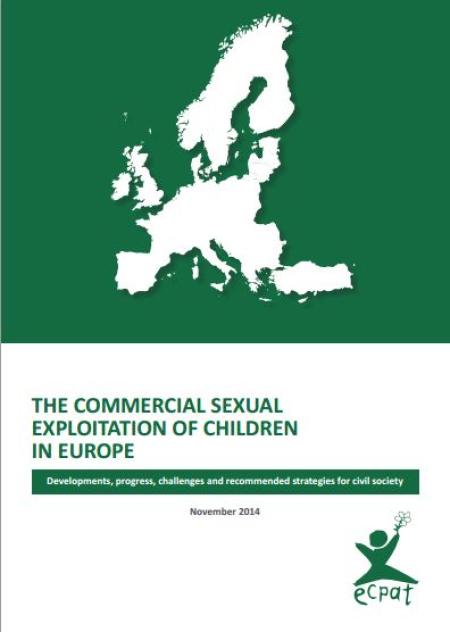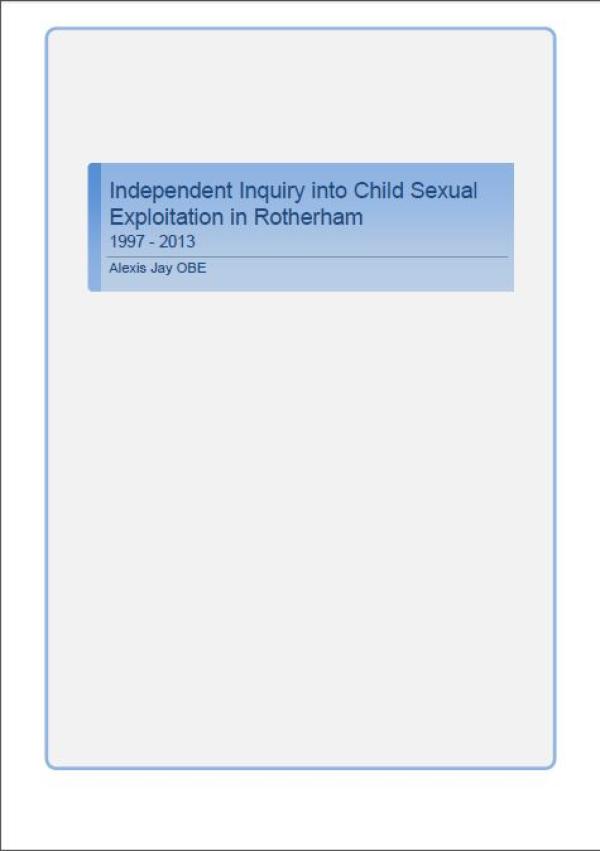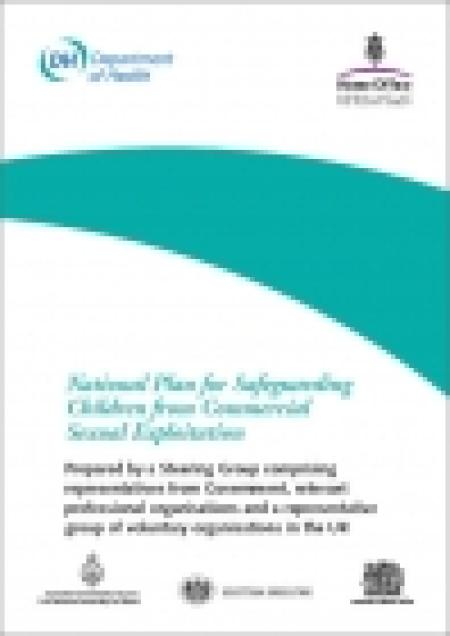
The commercial sexual exploitation of children is a problem across all Commonwealth of Independent States (CIS) countries, facilitated by poverty, corruption, migration and lack of education in the region. Children in this region are also vulnerable to being coerced or enticed into commercial sexual exploitation due to widespread violence at home and lack of support they receive in these situations. Commercial sexual exploitation of children in the region takes the form of prostitution, child trafficking, sexual exploitation via information and communication technologies (ICTs) and child sex tourism. Strategies to combat the commercial sexual exploitation of children should aim at improving institutional support for children, updating national laws to reflect international standards, raising awareness and allowing young victims to participate in the debate.
Children in CIS countries are at risk of being forced into prostitution, with female Roma and street children being especially vulnerable in this regard. One of the main manifestations of commercial sexual exploitation of children in the region is child trafficking, for which children living without parental care are particularly at risk. This presents a major problem for countries such as Moldova, in which 20% of children are estimated to be living without the care of at least one parent. Sexual exploitation of children via ICTs in the region primarily involves the production of child sexual abuse material through means of blackmail or grooming. Some countries in the region are increasingly being visited by foreign adults for the purpose of producing child sexual abuse material. Child sex tourism appears to be mostly limited to popular tourist spots such as Odessa in Ukraine, often involving the trafficking of children from other areas in the region. The high rates of infection of HIV/AIDS in the region, linked to drug use and unsafe sex, have particular implications for sexually exploited children, who are often exposed to unsafe sexual practices and may be ill-informed about prevention.
Efforts at combating the commercial sexual exploitation of children have primarily focused on trafficking, while other areas have been neglected. While there has been some regional cooperation, especially involving the Council of Europe and the Council of the Baltic Sea States, and successful joint initiatives between governments and NGOs, more victim-oriented cooperation among national governments is needed. Children left behind or living without parental care need better protection across the region, and institutional care and re-integration programmes for child victims of commercial sexual exploitation remain inadequate. Laws relating to the role of children in the judicial system and child sexual abuse material should be updated to reflect international standards. Similarly, the implementation of effective national referral mechanisms to reach children in commercial sexual exploitation is needed. NGOs and governments can engage in more awareness-raising, including initiatives about the connection between child sexual exploitation and HIV/AIDS and aimed at those using child prostitution services.
Summary prepared by Katharina Obermeier, Child Protection Hub for South East Europe, 2015.


